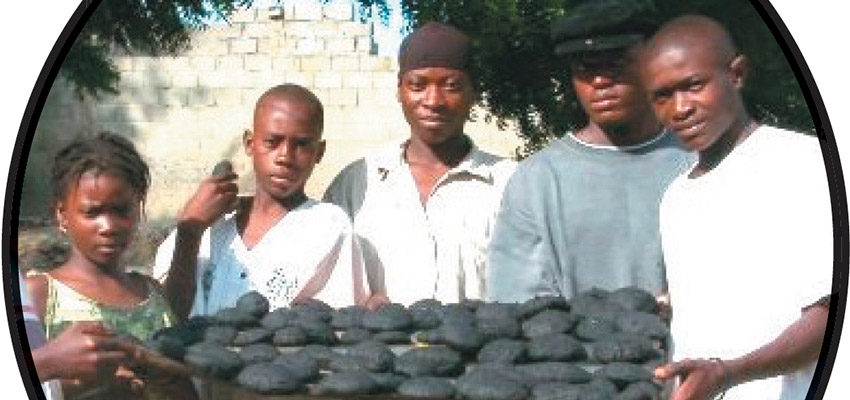
A Case Study of Sugarcane Charcoal Technology in Petite Anse, Haiti
Introduction
In January of 2003, a team of MIT students traveled to Haiti as part of the first D-Lab class. In Haiti, wood charcoal is the staple cooking fuel, but its heavy usage contributes to the deforestation and erosion of a country that is already 98% deforested. In rural areas of Haiti, using an alternate source of biomass to produce the charcoal could lessen further environmental degradation. The MIT team quickly discovered this need for alternative cooking fuels and determined that a possible solution would be to make charcoal from bagasse, a waste product of sugarcane processing. While it was later discovered that this general concept was not completely new, previous research efforts had never been designed with Haiti’s available skills and raw materials in mind.
More information
MIT D-Lab Biomass Fuel and Cookstoves Research
Contact
Amy Smith, MIT D-Lab Founding Director
Dan Sweeney, MIT D-Lab Research Scientist, Biomass Fuel and Cookstoves Lead

